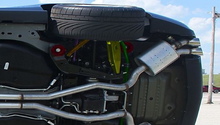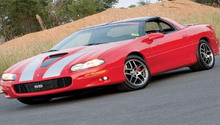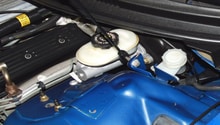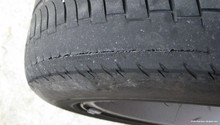Camaro and Firebird: Suspension Noises Diagnostic Guide
Engineers spend hundreds of hours or more to make the suspension system as quiet as possible. The effects of weather and wear from years of driving eventually create squeaks and rattles. These are often indicators of a problem that should be addressed to prolong suspension service life.
This article applies to the Chevrolet Camaro/Firebird (1993-2002).
The suspension system uses rubber to connect its parts together. Rubber works great to absorb vibration, but wears fairly quickly. As the rubber wears, free play increases in the system, resulting in increased body sway and vibration. It only takes a small amount of wear to generate large amounts of noise. If steering or handling is not affected to the point driving becomes dangerous, most often the best choice is to continue driving to your destination and inspect the vehicle there.

Materials Needed
- Flashlight
- Mechanic's stethoscope
- Silicon spray
Step 1 – Identify the noise with the vehicle parked
If the noise can be found while parked, you'll save yourself time spent during a road test.
- Bounce the vehicle up and down as well as side to side. Apply pressure at each corner. Have a second person below the vehicle with a mechanic's stethoscope if needed.
- Look for any errant suspension components and give them a good shake by hand.
- Focus primarily on these areas: sway bar bushings, control arm bushings, springs, shock absorbers, component bolts, body panels, ball joints, and MacPherson strut mounts. These areas tend to use rubber bushings or isolators that can wear with age.
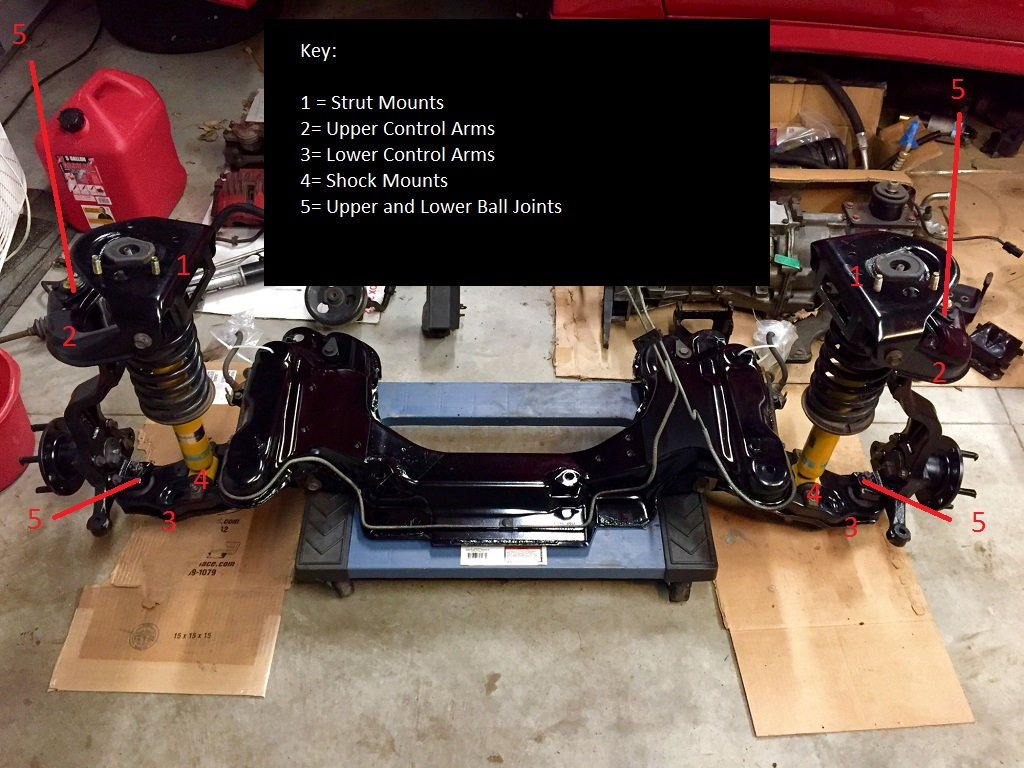
Step 2 – Perform a road test
A road test forces the vehicle into the condition that creates the noise. This may be unreachable by manually moving the vehicle. Noises heard from the vehicle while driving over a bump are commonly found in the front suspension system.
- Drive the vehicle over a series of bumps. You'll want to determine the size of bump, vehicle speed, and outside temperature (if it makes a difference) that makes the noise most noticeable.
- Move to the corner of the vehicle while a second person is driving over the bump. Determine whether the noise occurs on front or rear, then focus on the sides.
Suspension noises are most commonly caused by:
- Worn or broken bushings
- Ball Joints
- Broken spring isolaters
- Loose bolts
- Faulty strut mounts or bearings
- Pivoting points that are dry or dirty
Often times, spraying silicon onto one pivot point at a time then road testing will help you locate the noise. Once the noise disappears, you've found your problem area.
A tool known as a chassis ear is very helpful finding hard to locate noises. This tool allows you to place several microphones throughout the suspension, then listen to the microphones through headphones while driving.
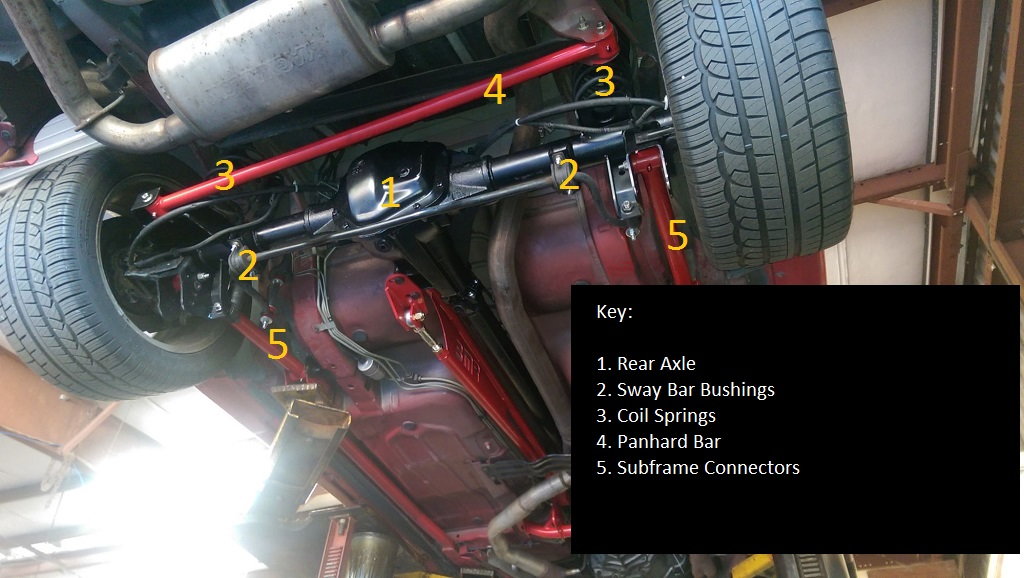
Related Discussions
- Strange Noises Over Bumps - LS1Tech.com
- Loud Bang Over Bumps - LS1Tech.com
- Lowering Springs Causing Rear End Vibration - LS1Tech.com
- Z28 Suspension Problem - LS1Tech.com
- Creaking Noise When Turning Wheel - LS1Tech.com

